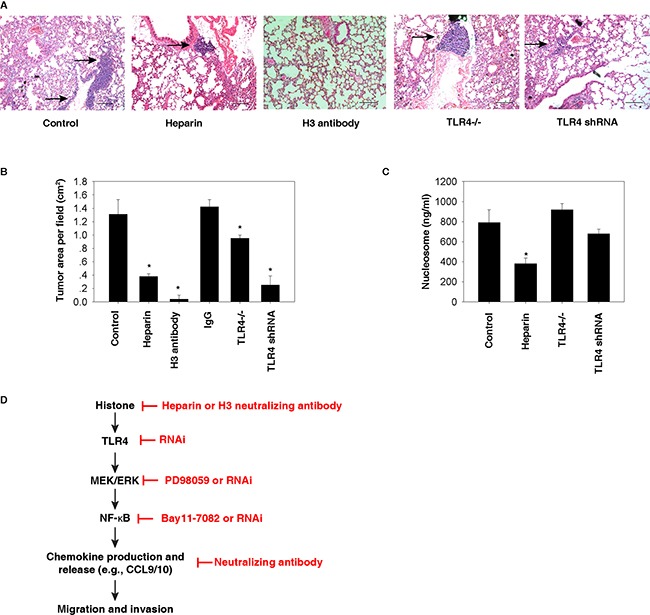Figure 7. Histone-TLR4 pathway mediates lung metastasis of HCC cells in vivo.

A-B. Compared with the control group, TLR4 depletion (by using TLR4−/− mice or TLR4 knockdown cells) or inhibition of histone release (by administration of 10 mg/kg heparin or 10 mg/kg H3 neutralizing antibody) limited the formation of lung metastasis (as shown in arrow) in mice based on tail vein injection of 3×106 Hepa1-6 cells (N=5 mice/group, *, p<0.05 versus control group). In contrast, control IgG (10 mg/kg) did not inhibit the formation of lung metastasis (B). C. Serum nucleosome levels were reduced after treatment with heparin in wildtype, but not in TLR4−/− mice (N=5 mice/group, *, p<0.05 versus control group). D. Conceptual relationships between histone and tumor metastasis. Histone is a nuclear DAMP and can be released during cell injury or death. Once released, histone can promote cell migration and invasion through the TLR4-ERK-NF-κB pathway, which induces chemokine production and release.
